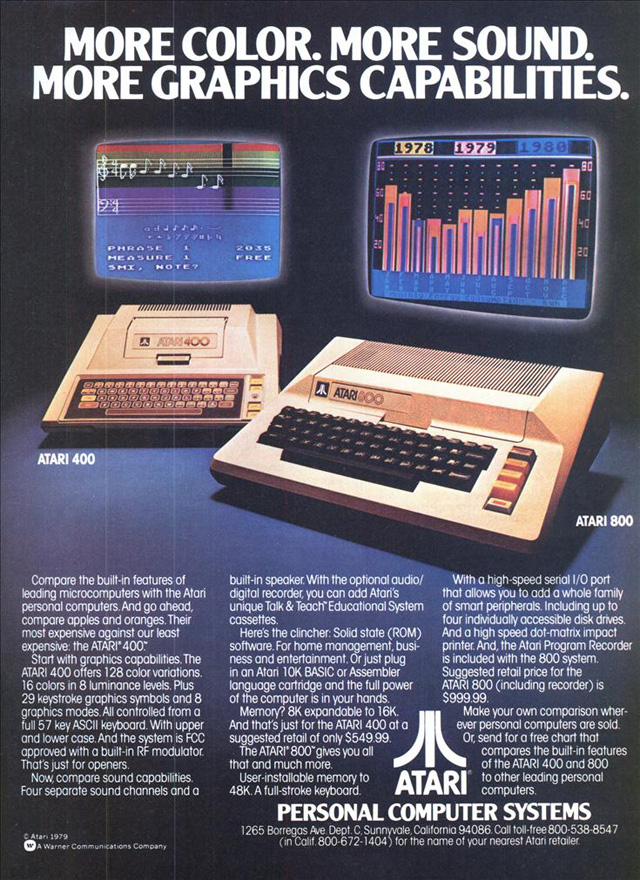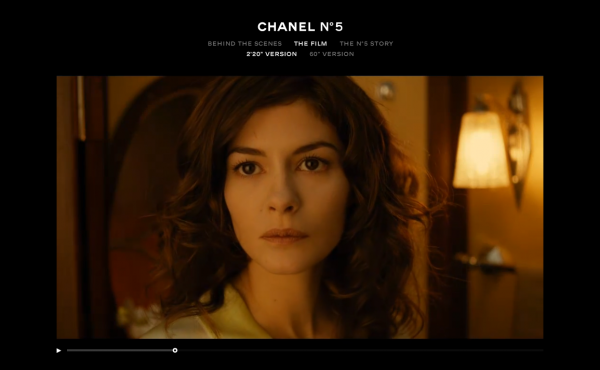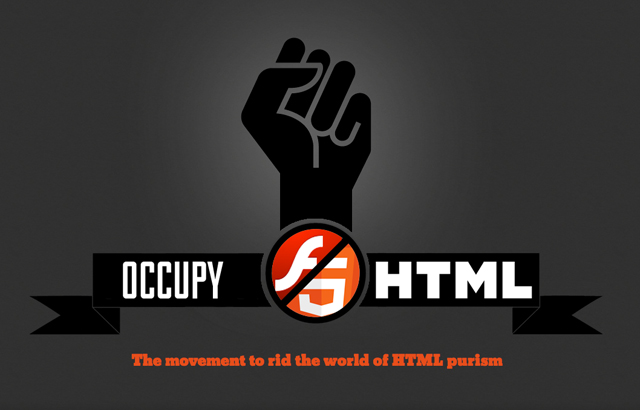You can never have enough exhaust pipes.
I’d like to welcome Bryan Larrick to Daily Exhaust. I owe him for catching many of my typos and grammar errors over the years on this site.
In addition to being a gifted front-end developer, he writes on a variety of topics on his site, Missile Test (he’s got a penchant for shitty movies). He’s also a pretty awesome photographer.
He scores extra points for the fact that shoots with analogue film on a Holga, a Minolta SR-T and a Mamiya.
Leam to Kem

via Able Parris
Influencer/Influenced
Influencer: Sony DVD Remote, 1999

Influenced: Apple iPod, 2001

Tea, Earl Grey, Hot
A couple days ago, the New York Times published a post on its Bits blog by Nick Bilton about the disruptive effects 3-D printers are set to have on product design. From the post:
It won’t be long before people have a 3-D printer sitting at home alongside its old inkjet counterpart. These 3-D printers, some already costing less than a computer did in 1999, can print objects by spraying layers of plastic, metal or ceramics into shapes. People can download plans for an object, hit print, and a few minutes later have it in their hands.
The thought of being able to torrent household objects is a game changer not only in design, but also in retail, ownership and copyright, Bilton feels. Is this the death of manufacturing? The death of stores? Will refills for a 3-D printer’s jets be the only physical thing we will need to buy in the near future? In many ways it’s a chilling prospect.
We’re already seeing the deleterious effects on creativity that digital conversion of music, books, movies, etc., has wrought. It’s harder to make a living these days being creative. If it can be disseminated, it will. Money that would normally go to a creator instead never enters into the transaction. This is less of a problem for big time projects like blockbuster movies, but pirating has cut off much of the funds that smaller projects need to keep their creators out of an office.
But all that is kid stuff compared to what Bilton hinted at. The death of retail and the death of ownership, while not inherently bad things on their own, represent a fundamental shift in how we’ve ordered capitalism and western society. This shift will alter the interrelations we have that keep us fed, sheltered, and prosperous. We are a people that trade. First goods and services, then metal and paper money, then zeros and ones. That could all go away.
Once upon a time, it was pure science fiction to think that we could get whatever we wanted out of a box on a shelf. It seemed like a little bit of paradise. In the future, there would be no war, no prejudice, no injustice, and no want of either material necessities or food. It’s a compelling pastiche. Will our reality be so enlightened? I hate to be a pessimist, but war, prejudice, and injustice look like they are here to stay. And want? 3-D printers, on their face, look like a sure fire way to tackle the problems of deprivation. But before we get too far ahead, remember that these printers do not spin objects out of whole cloth. Even the most advanced 3-D printers that are realistically possible require raw materials to function.
So we’re on the cusp of a new way of life. Will 3-D printers mean the end of want? Will they mean the major economies of the world will move completely into the digital realm? Will they mean control of raw materials will pass to a small power elite? Will they result in a lack of motivation among the populace to produce anything at all for themselves? We will not know the answers for decades, but home manufacturing will change how we live more than anything that has come out of the information revolution before it.
Sony’s Design Problems
Rob Beschizza over at Boing Boing takes a look at Sony’s new Vaio X and how they keep monkeying with their product features, like the keyboard:
The computer keyboard isn’t a place where radical UI design changes are desirable. To extend the marketing metaphor, it’s like the typeface of a book. You’re stuck with the same old alphabet, in the same configuration, and your job is to preserve its usefulness while investing the work with with a certain character. The smart choice is to design something good and stick with it.
But Sony does not. The changes to the chiclet keys in the Vaio Z, however slight, show that it can’t even refine its own winning ideas. It’s as if Sony was using Helvetica before almost everyone else, then switched to Arial when the world followed suit.
I see the same behavior in the Android market, where new models get released each month and very few companes bother to stick with a phone and refine it, over and over again until it’s amazing.
Charity
Bill Gates wants to get rural Vietnam online:
The Bill and Melinda Gates Foundation has provided the donation, alongside $3.64 million worth of Microsoft software, towards a $50.6 million government initiative that is expected to provide basic computer skills and the benefits of the Internet to 760,000 people in the Southeast Asian country.
The project will see 12,070 Internet-ready computers set up at 1,900 public libraries (65 percent of the country’s total) in 40 of Vietnam’s most disadvantaged provinces. The price of access to the computers, which will be available for local Vietnamese to use until 2016, is varied with some free to use and others reportedly set to charge 50 percent less than typical local Internet cafe rates.
Donating software is nice, but you need hardware too. And the best form factor is the tablet, and since Microsoft still doesn’t have a Windows 8 tablet on the market, I say he buy and donate some Android tablets and some iPads.
After watching the video of Gates Jory posted last week, I’m sure he totally be down with the idea.
I mean, he says it himself in the video, that tablets and technology is “no longer his area of expertise”.
Do what’s right, Bill.
More

via Modern Mechanix
Pictures Under *Bendy* Glass
Last month Microsoft treated us another one of their future-vision videos they love to do, since solving mobile and tablet computing in the present is so damn hard.
Not to be out-done, Nokia has released their own future-vision short.
I’d love to hear what Bret Victor thinks about this one.
via PSFK
Sprockets

Featuring a super-wide angle lens, this panoramic analog camera captures the width of film including the sprockets. Each frame is 106 degrees, the length of two standard 35mm frames.
via MoMA Store
Sad Story Of The Snowman
A bittersweet tale told with an Internationalized Domain Name (IDN)
Chanel N°5
Originally posted November 28, 2009 on Analogue

There is more to this than meets to eye. The design of Chanel N°5 is stunning and the delivery of the film is flawless. But there is more to it. As many people have probably noticed, Audrey Tautou is playing a very integral role in the campaigns for Chanel lately. She is the perfect choice to grace the pages of Vogue and help in promoting the most recognizable fragrance in the world. Her image exudes grace, class, and beauty.

Audrey also plays a very important role in the recently released film titled Coco Before Chanel. She plays the role of Coco Chanel herself and she does not disappoint. She seems naturally suited to the role of Coco and one only needs to look at early photos of Coco to see that the resemblance is uncanny.
The fact that she has been cast as Coco in a feature film, while at the same time being the image of the fragrance is sheer brilliance. It is an intelligent approach to something that could have been much less effective. Chanel could have easily decided to cast her in ads and a film that just mirrored the feature film that she is starring in—but they did not. Instead they showcased her in a completely different light and created an entirely different story around the fragrance.

It is in my opinion that the American-style approach to this would have been to tie the movie into the marketing of the fragrance in a much more obvious manner. Instead, the approach that was taken is much more intelligent, subtle, and thoughtful.
So what am I getting at here? I am trying to demonstrate that although there are many examples of great website designs that are visually and aesthetically stunning—it seems that the ideas and thought process behind them get left behind. This could have been an obvious cross-promotion campaign just like the countless others we all encounter, instead it tells another story. It demonstrates the undercurrents that are behind the success of many online experiences.
Coco

Mike for CEO
From Mike:
…it is clear that we did not do a good job of communicating why we are are making this shift in strategy. I know how frustrating this has been for the Flash community, and for that I want to apologize. Our goal was to be very clear about WHAT we were doing, but in doing so, we didn’t pay enough attention to explaining WHY we were doing it.
Read More
This begs the question: Why aren’t people like Mike at the boardroom table and helping to communicate to the public?
I vote for Mike Chambers as CEO of Adobe.
